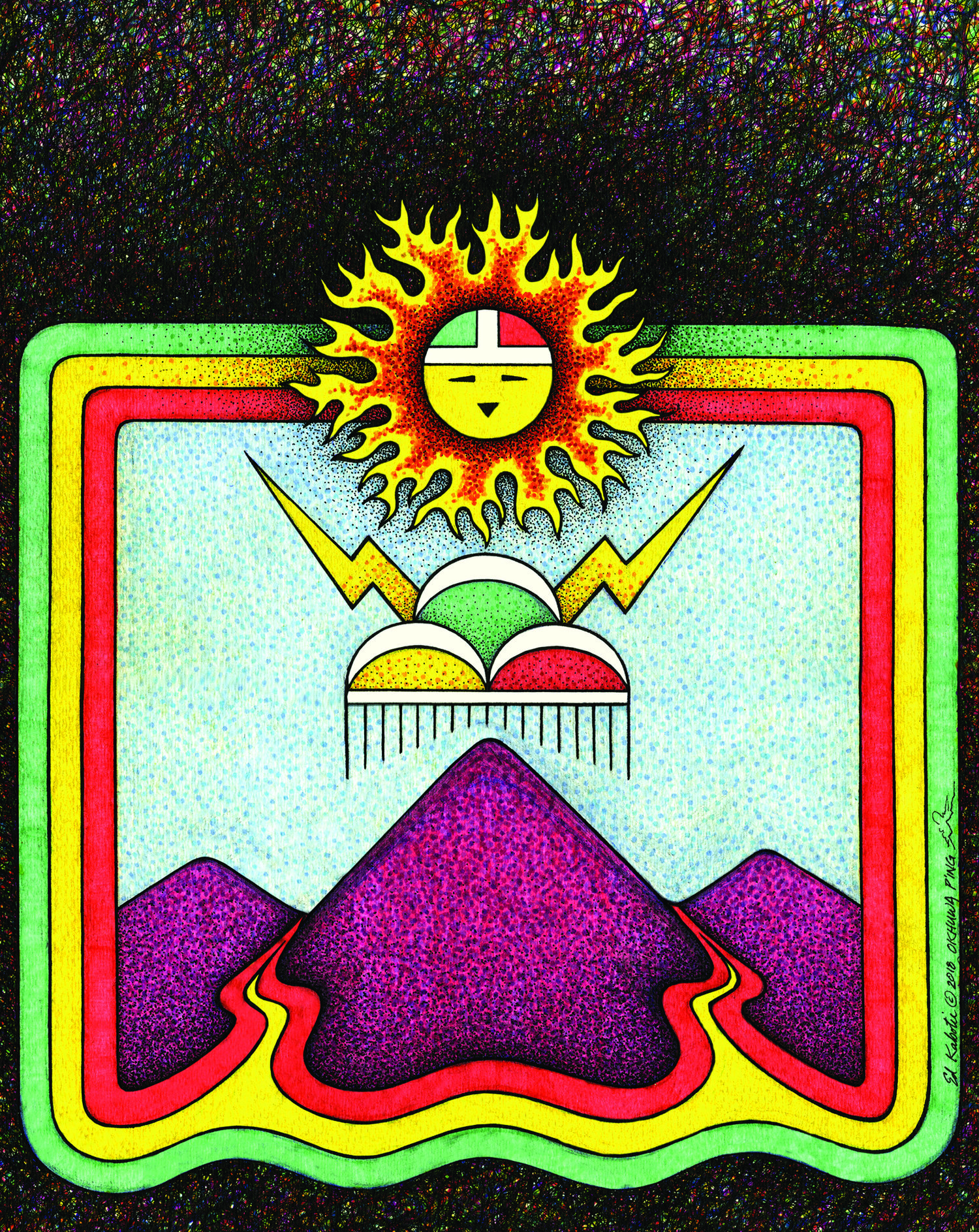The Southwestern Viceroy Butterfly
Scientific NAme
Leptidoptera: Nymphalidae Limenitis archippus obsoleta
History and distribution
In 1934, David Rockefeller, Sr., then a teenager, crossed Grand Canyon on a rim-to-rim hike on the first major entomological collecting expedition in Grand Canyon. Fortunately, he deposited specimens at Grand Canyon and at several other museums, including the American Museum of Natural History in New York. Mr. Rockefeller captured a southwestern viceroy butterfly at Phantom Ranch, as well as a number of aquatic beetles — he later went on to assemble the largest personal beetle collection in the world. However, the viceroy butterfly disappeared from Phantom Ranch, and for many decades was assumed to have been extirpated from Grand Canyon.
Description
In the southwest, viceroy butterflies are most often associated with coyote willow (Salix exigua), and that willow species may have been eliminated from lower Bright Angel Creek by flooding in the 1960s. Larry Stevens found viceroys living in Deer Creek Valley in 2009, confirming its continued existence in Grand Canyon. Look for it there around the willows in August and September! In the eastern US, the viceroy is renown as a Műllerian mimic of the bad-tasting monarch butterfly (Danaus plexippus), but in the west it mimics the equally bad-tasting queen butterfly (Danaus gilippus).
